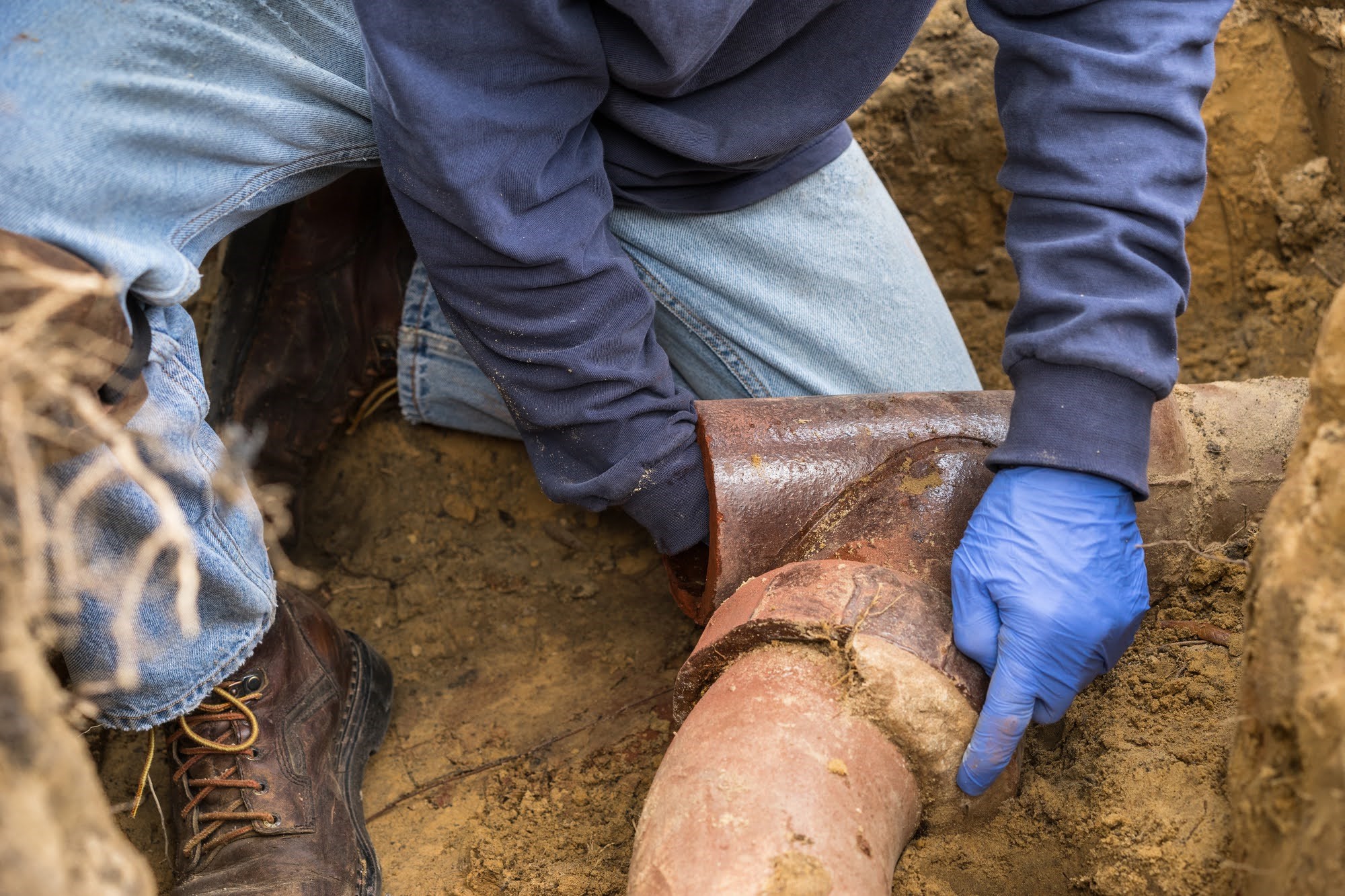
If you want to buy an older home or renovate your vintage property, focus on the plumbing system because it incurs a lot of wear and tear with age. Many older houses have outdated materials and fixtures that cause leaks and safety issues. Explore the most common plumbing concerns in old homes below.
1. Corroded Pipes
Many older homes are fitted with pipes that corrode easily. If your vintage home dates back to before the 1960s, it likely has galvanized steel pipes. Plumbers used a zinc coating to prevent corrosion, but the coating eroded over time, leaving the steel pipes in direct contact with water, therefore exposing it to corrosion.
Lead is another obsolete, toxic piping material you shouldn’t use in your home. Over time, lead leaks into the water and causes various health problems, including interfering with brain development, fatigue, irritability, and joint pain. While lead is toxic to everybody, it is particularly harmful to children and affects their mental and physical development.
If your house was completed in the 1970s, it might have polybutylene piping, which doesn’t meet the current standards of the U.S. building codes. These pipes react with oxidants in public water systems and become brittle over time.
The signs of corroded pipes include discolored water, leaks, and low water pressure. Modern piping materials like PEX and copper are rust-resistant and don’t affect your water’s quality.
2. Clogs
Plumbing systems in older homes have had many years of draining soap scum, shampoo, food remnants, and kitchen fats. Over time, the grime accumulates in drains, restricting water flow. Children are also notorious for flushing things that don’t belong in the toilet, such as toys, food, and pet litter.
Fortunately, unclogging your plumbing system is easy with an expert plumber’s help. Professional plumbers inspect your drainage with a camera to identify the location of the obstruction and use hydro jetting to clear the system.
3. Bellied Lines
Homes settle over time, and these shifts affect the drains and sewer lines underneath your property. As pipes shift downward due to your home’s movement, they create sagging sections that accumulate water and waste.
Sewage backups, blockages, and leaks are common issues with pipe bellies, and you may notice that toilets take longer to drain as the clogs get worse. A camera inspection is necessary to determine the extent of the stoppages, and your plumber may replace sections of your drains or sewer lines to facilitate water and sewage flow.
4. Tree Root Intrusion
Many historic and vintage homes have lush gardens with trees for shade and beauty. However, the roots of old trees may overgrow and penetrate underground pipes and sewer lines.
Tree roots thrive anywhere there is water and nutrients, including your sewer line. Since you can’t see the intrusion by observing the surface, the roots continue to expand throughout the pipes, causing blockages that you can’t eliminate with a plunger. Routine inspections are ideal if you have many old trees in your yard and you want to keep roots out of the plumbing system.
5. Old Fixtures
If your vintage home’s previous owner wasn’t keen on replacing plumbing fixtures, get ready to upgrade some fittings. Antique fixtures lend a classic charm to a historic property, but corrosion on water supply connections and hardware reduces the plumbing system’s effectiveness.
So, replace leaky faucets, broken knobs on sinks and showers, and older valves to save on water bills. New drains, vents, water heaters, and other modern fixtures and appliances make a lot of difference with user experience and energy efficiency.
An older home may look great from the outside but hide plumbing issues that cause leaks and water wastage. In many cases, plumbers have to use cameras to detect hidden plumbing problems. Contact us at Spartan Plumbing Inc. to repair any plumbing issues in your older home.
